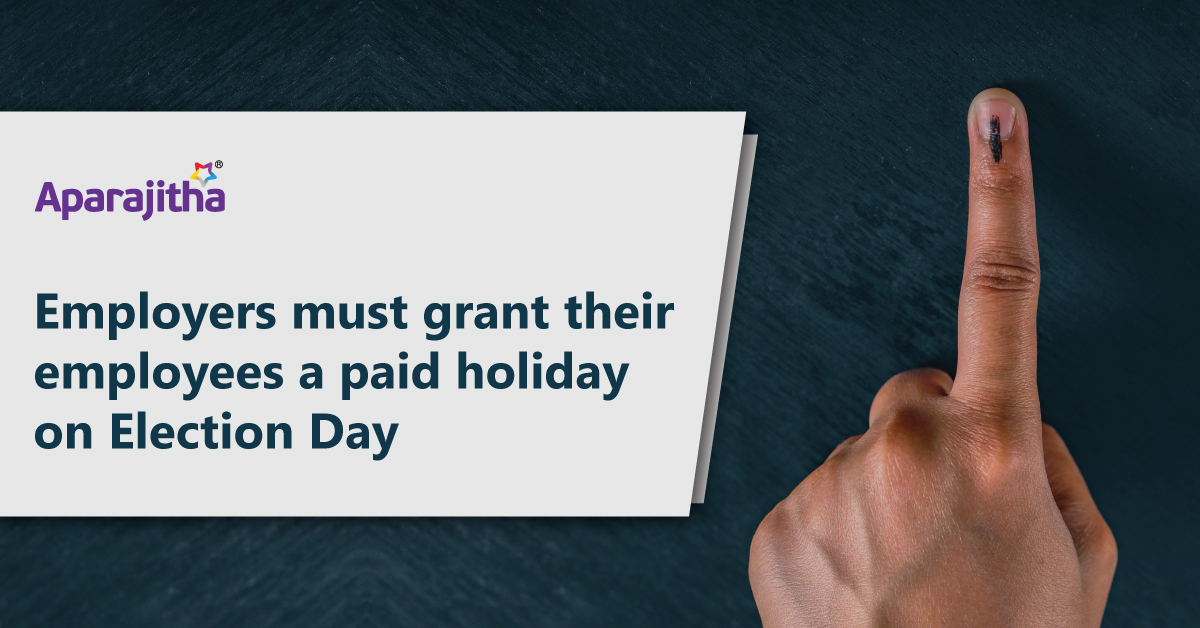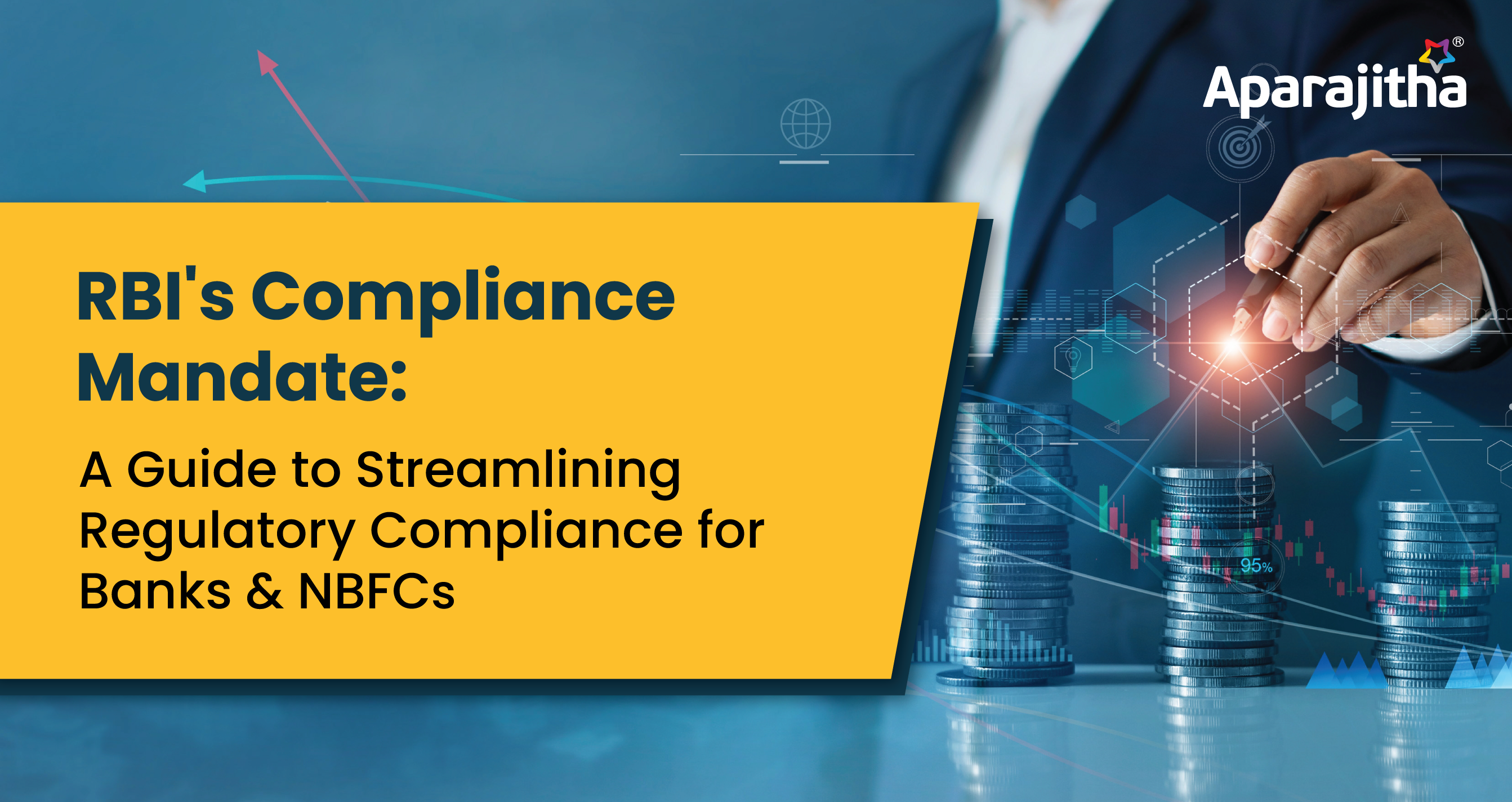To bring an elevation in the world of MSME, the Government of India based on the recommendations of the Advisory Committee, notified a new process of Classification and Registration of enterprises under The Micro, Small and Medium Enterprises Development Act, 2006 with effect from 1st July 2020. The amendment aims at removing the difficulties faced by the MSME’s sector and help them to avail the benefits of government schemes and to kick-start their business during and post COVID-19 pandemic era.
New Classification:
The Government includes new turnover criterion and uplifted the investment criteria for the definition of MSME.
| Composite criteria: Investment in Plant & Machinery / Equipment and Annual turnover | |||
| Classification | Micro | Small | Medium |
| Manufacturing and services enterprises | Investment in Plant and Machinery / Equipment –
Not more than Rs. 1 Crore |
Investment in Plant and Machinery / Equipment – Not more than Rs. 10 Crore | Investment in Plant and Machinery / Equipment – Not more than Rs. 50 Crore |
| Annual Turnover – Not more than Rs. 5 Crore | Annual Turnover – Not more than Rs. 50 Crore | Annual Turnover – Not more than Rs. 250 Crore | |
The Government introduced a “Single Window Facilitation System” “udyamregistration.gov.in “where the suo moto application shall be filed without any charges or additional fees. None of other persons or agency is authorized to do activities related to this.
Documents required for Registration:
- Self-Declaration Form
- Aadhaar Number
- GSTIN and PAN (wherever applicable)
Registration Fees:
- No Fees
Mode:
- Online Mode of Registration through https://udyamregistration.gov.in/
Highlights:
- Under the new mechanism, the distinction between Manufacturing and Service enterprises criteria has been merged and new criterion of turnover is added.
- A new enterprise which fits into the criteria of MSMEs may file Udyam Registration online in the Udyam Registration portal based on self-declaration.
- All extant enterprises (who already hold Udyog Aadhaar – UAM), registered before 30th June 2020, shall continue to be valid only for a period up to the 31st March 2021.
- All enterprises registered till 30th June 2020 shall be reclassified as per new criteria.
- De novo registration shall be obtained on or after 1st July 2020 by the existing enterprises registered under EM-II (Entrepreneurs Memorandum – II) or UAM (Udyog Aadhaar Memorandum)
- After registration a permanent “Udyam Registration Number” and an e-certificate namely, “Udyam Registration Certificate” will be issued by the department. It will have a dynamic QR Code from which details about the enterprise can be accessed.
- Only a single Registration shall be taken for any number of activities including manufacturing or services or both of an enterprises. In other words, an enterprise can file only one Udyam Registration.
- If an enterprise registered with any other organisation under MSMEs such as Khadi Village Industries Commission or Coir Board, shall also register itself under Udyam Registration.
- The entities that don’t have PAN or GSTIN has been given relaxation until 31st March 2021 and they can get registration on self-declaration basis up to 31st March 2021 and then PAN and GSTIN is mandatory (i.e. from 01st April 2021)
- In case of any discrepancy or complaint, the General Manager of the District Industries Centre of the concerned District shall undertake an enquiry for verification of the details of Udyam Registration submitted by the enterprise.
Penalty:
- In the case of the first conviction, with fine which may extend to Rs.1000 and for second or subsequent conviction, with fine which shall not be less than Rs.1000 but may extend to Rs.10000.
Views of the Author:
In status quo, the Government of India looks even “de minimis (about the small things)” of everything to step forward in Ease of Doing Business. It’s a welcome move, as revision in definition of MSMEs is a long standing demand from the MSMEs sector, and it reduces the fear among MSMEs to expand their businesses, as stated by Finance Minister. It seems that the registration is considered as pre requisite for availing benefits under various Government aided schemes. To check the reliability of the information it is linked with Income Tax and GST Department Database. As a whole, this move of the government seems to be easy, quick and user-friendly and which, in turn, curbs the fear of MSME to expand their business.
Compfie is a cloud-based compliance management tool designed for the global regulatory standard. It serves businesses of all sizes from the Public Sector, Industry Giant, Multinational to the MSME for more than 100 plus industry categorization across the APAC region.
An e-governance compliance platform with an automated control assessment system that measures your non-compliant task, it tracks and triggers the compliance status, based on knowledge mapping from State, Central, to Global level regulatory standard. With an easy-to-use dashboard, it can quickly summaries your compliance status in once click and assign control activities across your organization.
It continuously updates the regulatory and acts, legislative checklist accordingly to the applicability in domains and modulus of Labour, Employment & Industrial Laws, Environmental, Health & Safety related Laws, Fiscal, Corporate & Commercial Laws, Industry-specific Laws, Standard policies, Compfie Vendor Management.
To subscribe to our YouTube Channel and webinar sessions, click the below link.
https://www.youtube.com/c/AparajithaCorp
For updated news bulletin and free demo, mail us marketing@aparajitha.com.
Shivadharini SNS
Disclaimer:
The article represents the opinions of the author and the author is solely responsible for the facts, cases, legal or otherwise reproduced in the article.




